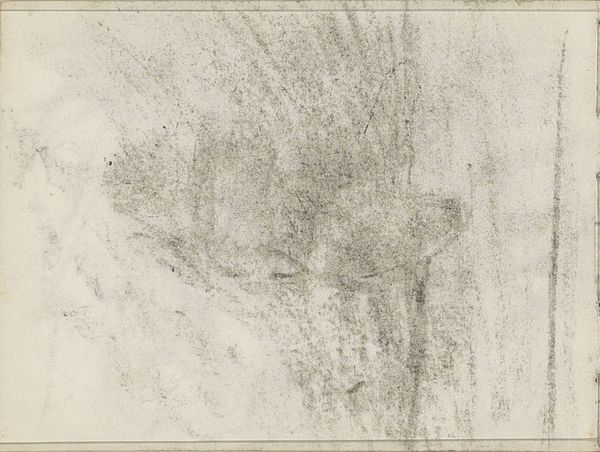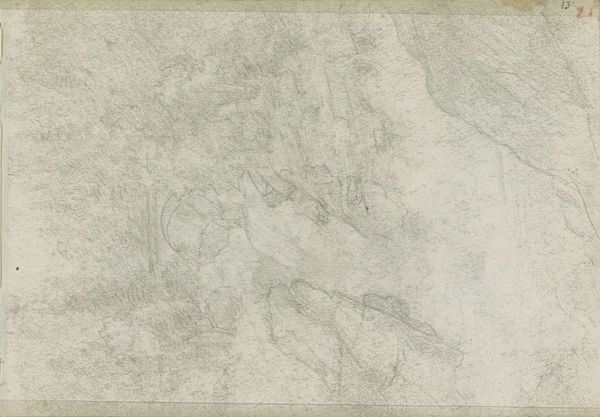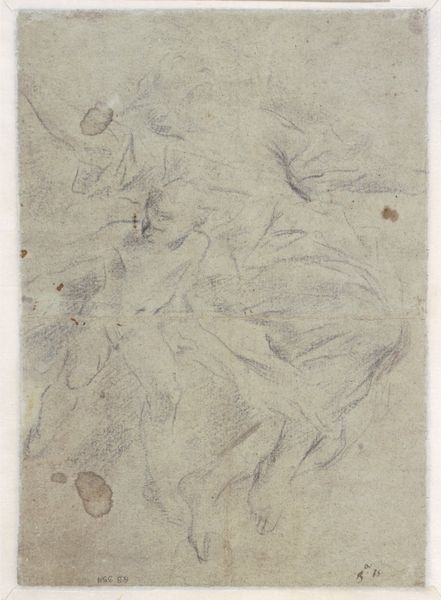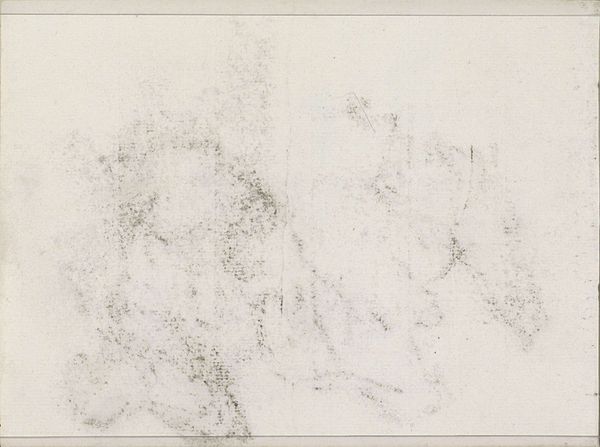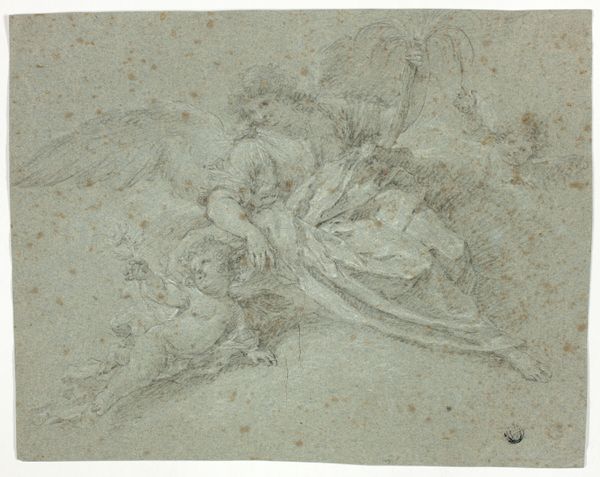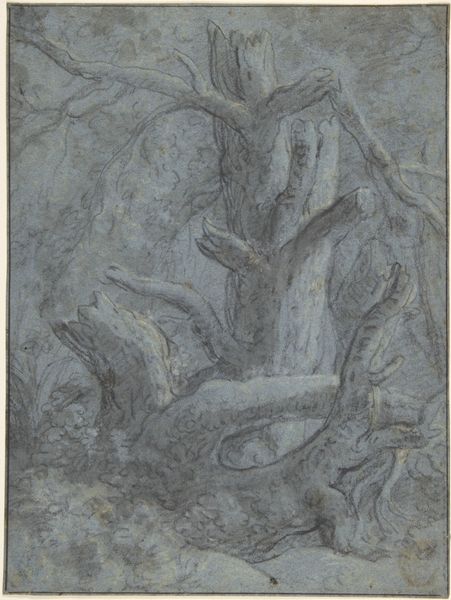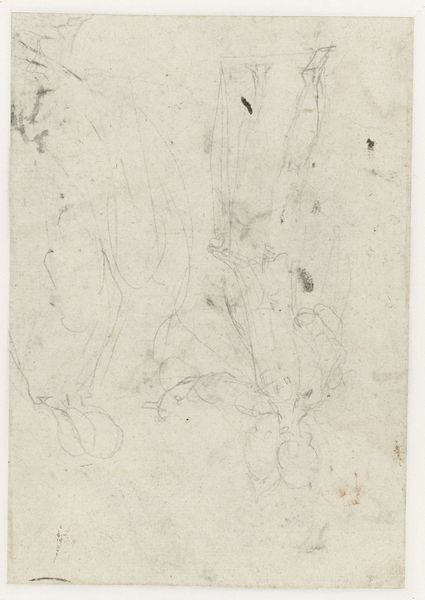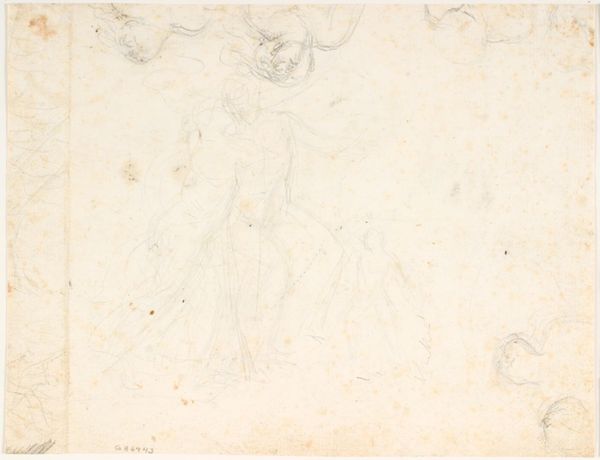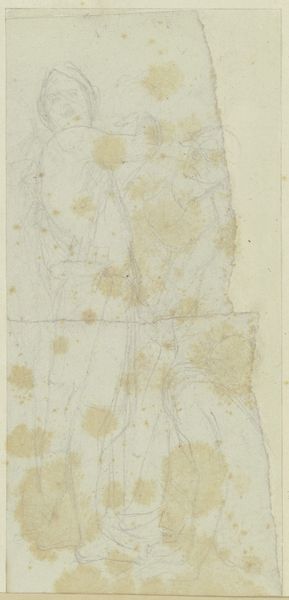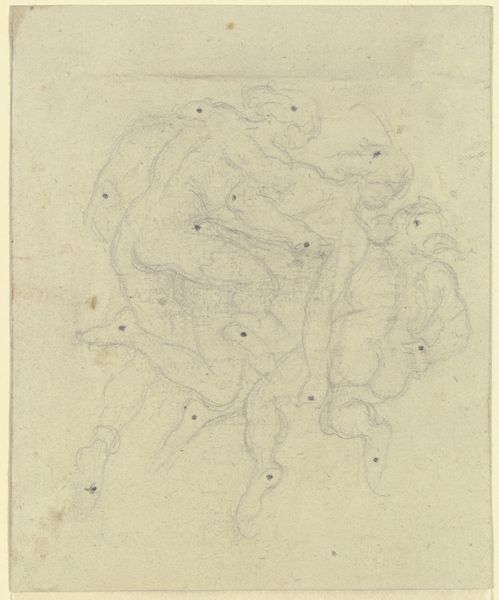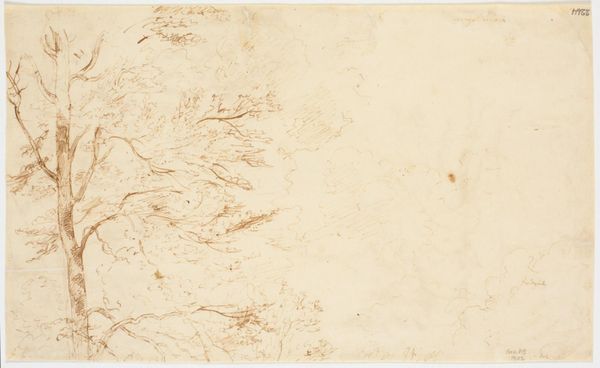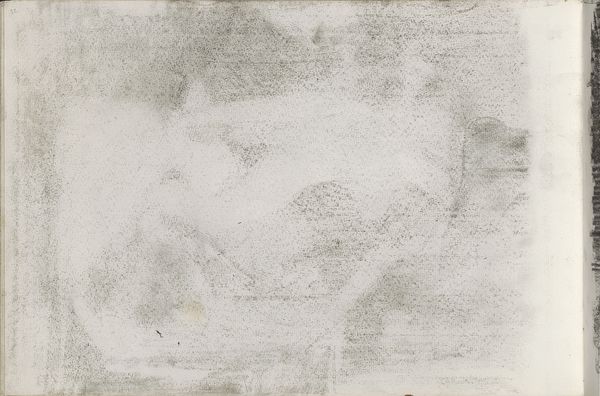
drawing, chalk
#
portrait
#
drawing
#
baroque
#
figuration
#
chalk
#
nude
Copyright: Public Domain
Curator: Sobering. All those careful chalk strokes, that serious rendering of muscle... and yet it's strangely bloodless, a bit academic, maybe? Editor: We're looking at a drawing here at the Städel Museum entitled "Male nude from behind." It's attributed to Gaspare Diziani, a portrait executed in chalk. Curator: Chalk, huh? Funny, isn't it, how a medium can shift an icon. Stone lends power, but chalk feels so fleeting. More like a sketch on a napkin than something eternal. And a nude…backs always get me, you know? Editor: How so? Curator: They reveal so much about how we see, and are *seen*. Is he powerful, vulnerable, sensual? The back bears it all. And that twist of the torso…almost theatrical. The line work suggests dramatic chiaroscuro, even if it's subtle. Editor: Right, the drama of the Baroque. In terms of symbolism, of course, the male nude itself harkens back to classical ideals, perfection of form. It's the embodiment of a particular ideal, revived again during the Renaissance and Baroque periods. Do you think Diziani infused some religious connotations to the figure? Curator: Possibly, it might also speak to notions of sacrifice, burdened shoulders…or perhaps, in its sensuality, a sort of mortal yearning. All this classical musculature… is also very body-aware. Think how the pose seems so deliberately *performed*. A body for display, rather than raw and vulnerable. Editor: Yes, I think your idea about performance rings true here. I find that there's an echo of something very real despite all this studied pose. An essence. That little ripple of fat, the angle of the spine - very visceral. Curator: And what a gift from Gaspare Diziani! Even this glimpse offers a connection with a human. Maybe the key isn't symbolism but that flash of recognition. It humbles us to know others feel just as frail, exposed and uncertain as we.
Comments
No comments
Be the first to comment and join the conversation on the ultimate creative platform.
